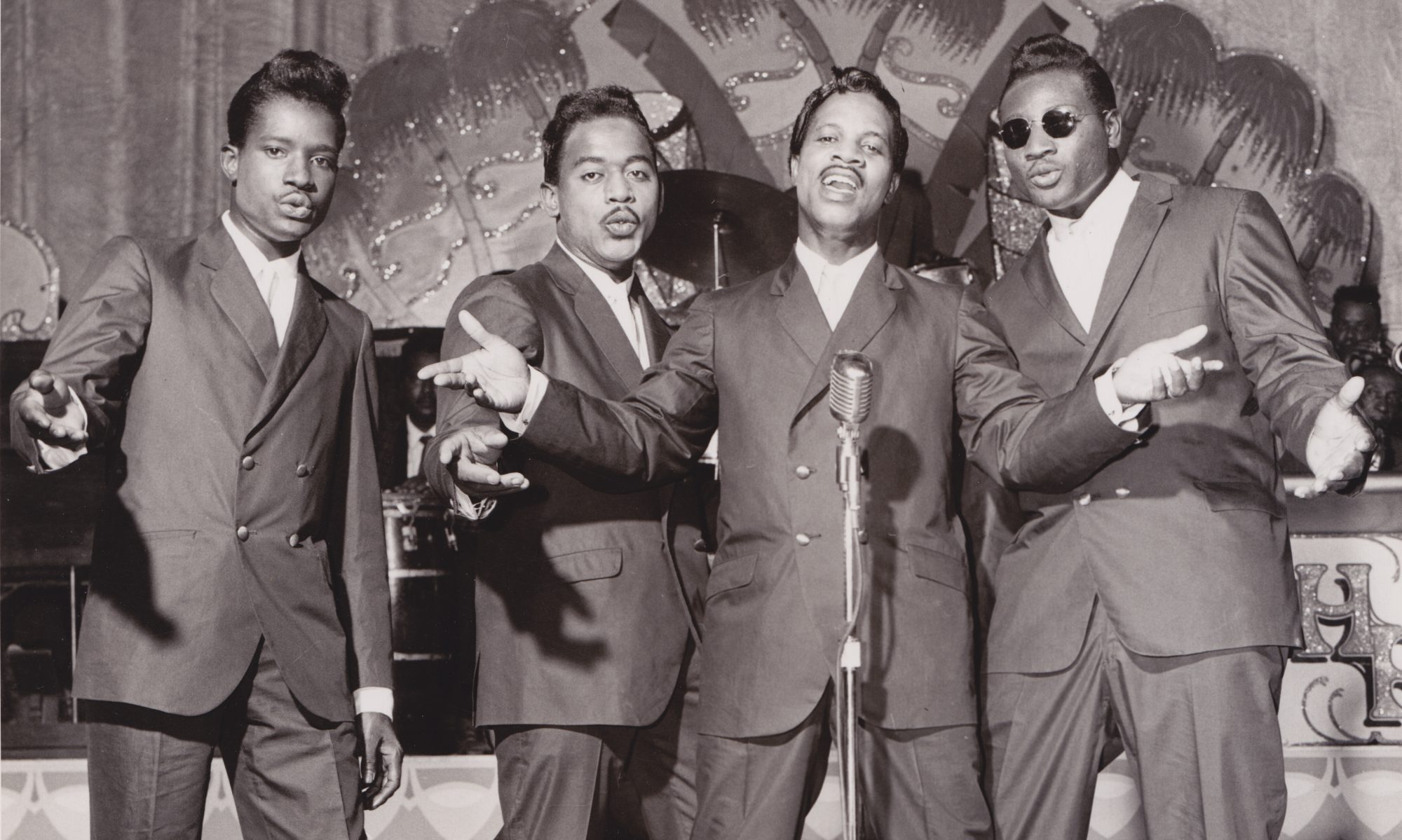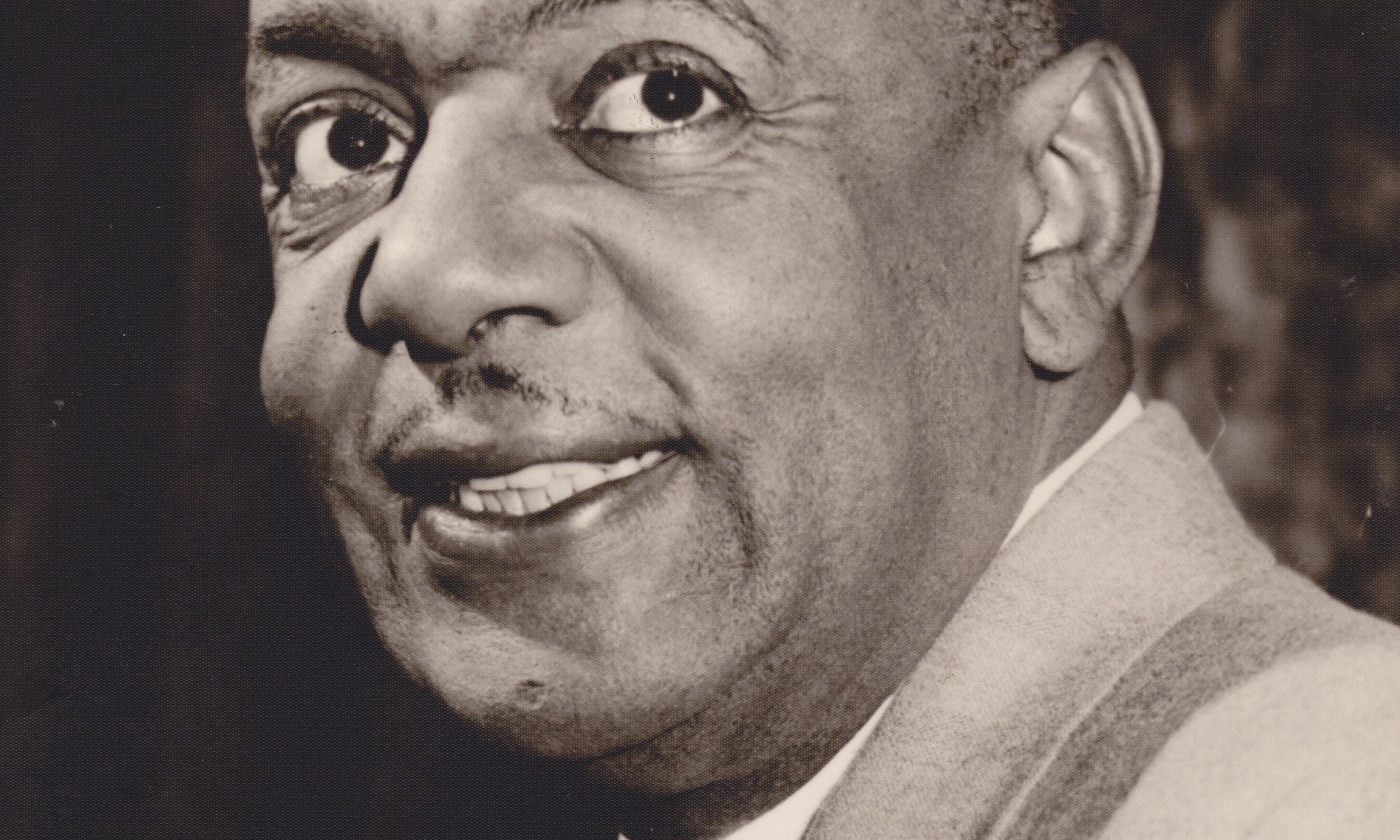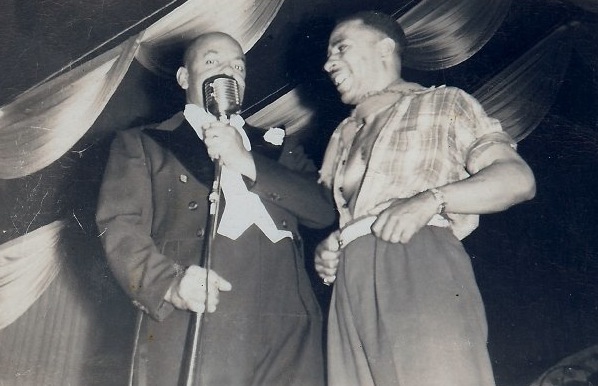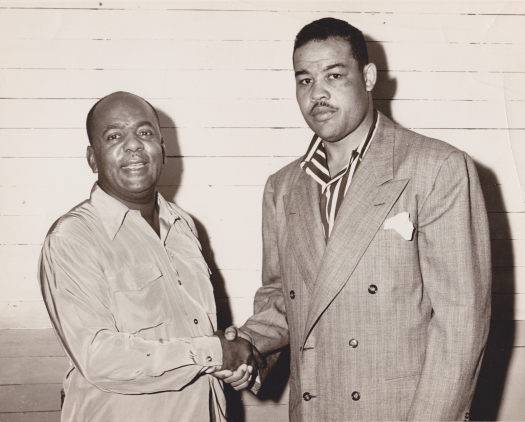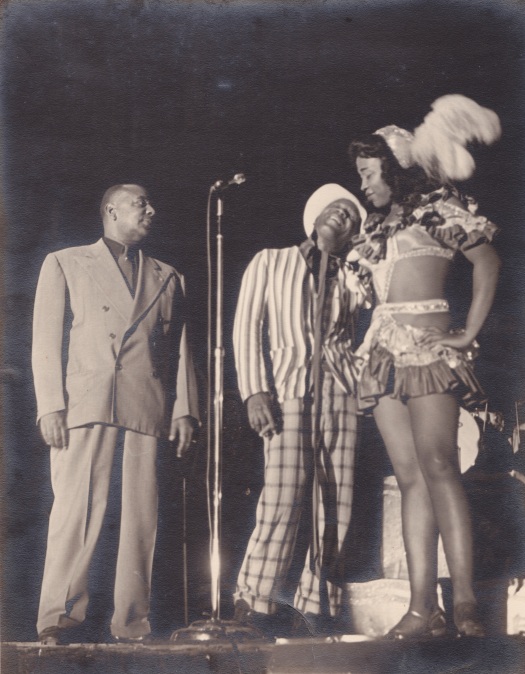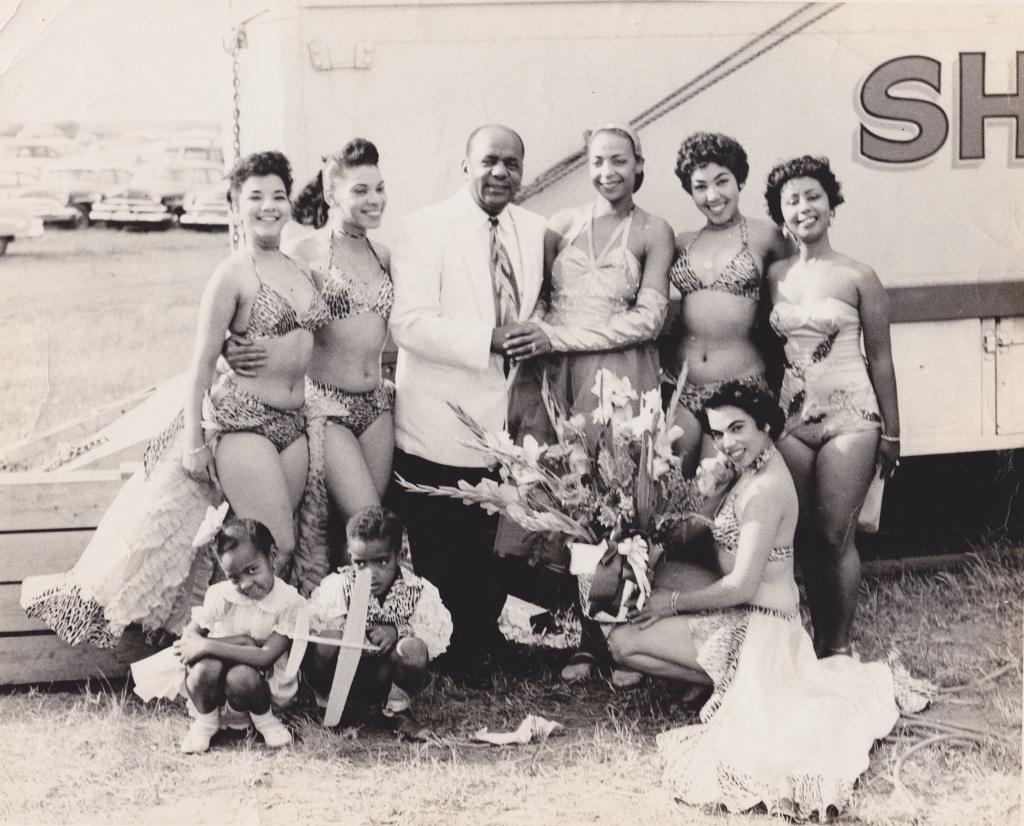Leon Dunkins Claxton Sr.
Showman/ Producer/ Vaudeville Artist
(1902-1967)
Step into the epic saga of Leon D. Claxton Sr. (April 1902-November 1967), a luminary, a trailblazer, and an African American icon whose life unfolds like an awe-inspiring odyssey through the turbulent era of Jim Crow.
In the enchanting realm of outdoor entertainment, Leon Claxton emerges as an award-winning showman and vaudeville virtuoso. His legendary stage shows, “Harlem in Havana” (1946–1960) and the “Harlem Revue” (1961-1967), not only captivated audiences but etched his name in the annals of American history.
As one of the nation’s first black entertainment moguls, Claxton defied the constraints of his time, spreading the infectious rhythms of Black and Latin music and dance to mainstream audiences. A true star-maker, he revolutionized musical theatre, laying the foundation for a road show empire that would echo through the realms of television, musical theatre, and nightclub performances. Against all odds, Leon Claxton reached the pinnacle of his career with the triumph of “Harlem in Havana,” amassing wealth and social distinction as a self-made black entrepreneur.
Bronze Ziegfeld of Chicago
Born in the crucible of Beale Street to the musically renowned Claxton family, young Leon’s journey catapulted him into the circus world, where he honed his craft and eventually featured in his own contortion act by the age of 16.
Venturing from the Jim Crow South to Chicago’s thriving South side, Claxton became a driving force in the city’s burgeoning art scene. His home at 3845 South State Street became a haven for black musicians, setting the stage for his rise as a vaudevillian sensation. Claxton’s own sepia revues, or race shows, became instant successes, showcasing street artists, musicians, dancers, and choreographers.
The narrative unfolds with Claxton’s meteoric rise, from Chicago to the global stage. His productions, hailed as “must-see” spectacles, garnered attention and admiration from entertainment giants like Flo Ziegfeld. The Claxton phenomenon reached new heights with the 1933 Chicago World’s Fair, where he produced the all-colored musical revue “The Cotton Club Showboat Revue,” earning accolades and catching the eye of Carnival king Carl J. Sedlmayr.
The birth of “Brown Skin Vanities Revue” marked a turning point, breaking industry records and solidifying Claxton’s reputation. Renamed multiple times, the troupe eventually became the iconic “Harlem in Havana” in 1946, a name that resonated for the next 15 years.
Tampa’s Most Beloved Showman!
As Claxton’s star ascended, so did his personal life. A jet-set millionaire, he married his leading lady, Gwendolyn Bates, in 1938. Gwen, a true superwoman, played a pivotal role in managing the troupe and maintaining the Claxton household’s luxurious lifestyle.
Beyond the glitz and glamour, Leon Claxton became a noble figure in Tampa’s business community and civic society. A philanthropist and civil rights advocate, he tirelessly raised funds for underprivileged children and supported outdoor showmen leagues.
In a groundbreaking move, Claxton built the Claxton Manor Motel in 1965, one of the first integrated accommodations in the Tampa/St. Petersburg area. The motel hosted top African American celebrities, further solidifying Claxton’s legacy as a visionary and a champion of equality.
Leon Claxton’s story is one of resilience, ambition, and an unyielding commitment to his dreams. Illiterate, yet shrewd, he navigated the intricacies of the entertainment industry and left an indelible mark on history. His life, a testament to the power of the entrepreneurial spirit, continues to inspire and captivate.
Discover the extraordinary life of Leon D. Claxton Sr. through the lens of our documentary film project that unveils the untold chapters of a true American legend.
